3rd Grade Foundations
Before we get to the specific standards for grade 3 students, it is helpful to recognize that grade 3 standards require certain basic skills that not all English learners necessarily possess.
Here are a few foundations that students will need to work on simultaneously if they haven't achieved them yet.
Can a student read at or over 80 words a minute after subtracting mistakes?
If students are reading slower than 80 w/m, they will likely struggle with the length, vocabulary, and complexities of more difficult third grade texts.
If a student is reading 3rd grade texts at over 60 words a minute, it is probably not a phonics issues and the student probably just needs to read more.
If they are reading fewer than 60 words a minute and/or making lots of mistakes, there are probably phonics issues as well and a good phonics assessment can help you decide what phonics will have the biggest impact on a student's reading.
Can a student speak in full, coherent sentences?
Students tend to write how they speak. If they cannot put together a full, coherent sentence in speech, they are far less likely to be able to do so in writing.
The language expectations (L 3.1) of grade 3 include things like the simple verb tenses (i.e. present and past simple tenses), irregular past tense verbs, parts of speech, plural nouns, conjunctions, comparatives and superlatives, etc.
Students should be able to speak in complete, coherent sentences using the above grammar patterns. (SL 3.6, L 3.1)
If students struggle to create sentences such as these, you will likely want to start most of your practices with a lot of speaking exercises, getting students saying what they are going to write before you have them attempt to put pencil to paper.
Relevant Vocabulary and Background Knowledge (L 3.4, 3.5)
Students need to "determine or clarify the meaning of unknown or multiple-meaning words and phrases" as well as "demonstrate understanding of word relationships and nuances in word meanings."
These standards can be challenging for native speakers.
For ELs, they can be daunting.
Telling ELs what words mean is not enough. They need to use words a lot, both everyday and academic words, hearing them, speaking them, reading them, and writing them, preferably in that order.
3rd Grade Standards
I have tried to group similar standards together where possible.
Reading and Speaking Standards
Things to keep in mind:
- Students need to refer explicitly to what an author says in a text. You can practice this by using sentence stems, i.e. In the passage, the author says... In the third paragraph, the author states... According to the author...
- "Who" in informational texts can include inanimate objects that are the subjects of sentences (i.e. Rocks come in all shapes and sizes.)
- "Where" can include circumstances (i.e. on vacation)
- "What" questions are about events in a story and usually answered with verbs.
- "Why" and "How" may require some inference if not explicitly stated. "Why" usually involves cause & effect. "How" usually involves a sequence of events leading to the main event and can be answered using the What, Where, and When.
Related ESL Curriculum Resources -- Members Only -- Sign in to View
Standards
- Ask and answer questions to demonstrate understanding of a text, referring explicitly to the text as the basis for the answers. (RL 3.1, RI 3.1)
- Refer to parts of stories, dramas, and poems when writing or speaking about a text, using terms such as chapter, scene, and stanza; describe how each successive part builds on earlier sections. (RL 3.5)
Things to keep in mind:
- Students should be exposed to a variety of texts from different cultures.
- Start by having students listen to a story and recount key details with a partner or in a small group.
- Students should be able to recount the story using full sentences with verbs, adjectives and transition words.
- The abstract nouns and phrasing of the moral or lesson of a story is much harder than the retelling of the story. You can provide students with a bank of morals or lessons to choose from.
Related ESL Curriculum Resources -- Members Only -- Sign in to View
Standards
- Recount stories, including fables and folktales, and myths from diverse cultures; determine the central message, lesson, or moral and explain how it is conveyed through key details in the text. (RL 3.2)
- Explain how specific aspects of a text's illustrations contribute to what is conveyed by the words in a story (e.g. create mood, emphasize aspects of a character or setting. (RL 3.7)
- Report on a topic or text, tell a story, or recount an experience with appropriate facts and relevant, descriptive details, speaking clearly at an understandable pace. (SL 3.4)
Things to keep in mind:
- Students will likely need a word bank of character traits, motivations, and feelings as well as sentence stems for how a character's actions affect the story
- Students need to distinguish their own thoughts and feelings from those of the characters and the author.
Related ESL Curriculum Resources -- Members Only -- Sign in to View
Standards
- Describe characters in a story (e.g., their traits, motivations, or feelings) and explain how their actions contribute to the sequence of events. (RL 3.3)
- Distinguish their own point of view from that of the narrator or those of the characters. (RL 3.6)
Things to Keep in Mind:
- Start by having students listen to a text and use sentence stems to discuss key ideas or details with a partner or in a small group.
- Students can often identify the main topic by looking for words that repeat a lot.
Related ESL Curriculum Resources -- Members Only -- Sign in to View
Standards
- Determine the main idea of a text, recount the key details and explain how they support the main idea. (RI 3.2)
- Distinguish their own point of view from that of the author of a text. (RI 3.6)
- Determine the main ideas and supporting details of a text read aloud or information presented in diverse media and formats, including visually, quantitatively, and orally. (SL 3.2)
Things to Keep in Mind:
- Students will need to recognize time words that show the order of events. It may be helpful to have students underline or highlight sequence words as well as cause & effect words in a text.
- They will need practice with comparison words like, as, similar to, etc to help them make comparisons.
Related ESL Curriculum Resources -- Members Only -- Sign in to View
- Describe the relationship between a series of historical events, scientific ideas or concepts, or steps in technical procedures in a text, using language that pertains to time, sequence, and cause/effect. (RI 3.3)
- Describe the logical connection between particular sentences and paragraphs in a text (e.g., comparison, cause/effect, first/second/third in a sequence. (RI 3.8)
Standards
Things to keep in mind:
Students will need sentence stems to communicate the similarities and differences between two stories or texts. The stories are the same because they both________. The stories are different in that they __________.
Related ESL Curriculum Resources -- Members Only -- Sign in to View
Standards
- Compare and contrast the themes, settings, and plots of stories written by the same author about the same or similar characters (e.g., in books from a series). (RL 3.9)
- Compare and contrast the most important points and key details presented by two texts on the same topic. (RI 3.9)
Writing Standards
Things to keep in mind:
- Beginner and low-intermediate students may need sentence stems for the different parts of their paragraph or essay. For example: _______ was a great book. I liked _______. I didn't like _________. In conclusion, __________.
- Students may need some review of the tense you want them to use in their writing (i.e. Present Simple, Past Simple, etc.).
- You can provide students with digital tools to work collaboratively to publish their writing.
Related ESL Curriculum Resources -- Members Only -- Sign in to View
Standards
- Write opinion pieces on topics or texts, supporting a point of view with reasons. (W 3.1)
- Introduce the topic or text they are writing about, state an opinion, and create an organizational structure that lists reasons.
- Provide reasons that support the opinion.
- Use linking words and phrases (e.g., because, therefore, since, for example) to connect opinion and reasons.
- Provide a concluding statement or section.
- With guidance and support from adults, produce writing in which the development and organization are appropriate to task and purpose. (W 3.4)
- With guidance and support from adults and peers, develop and strengthen writing as needed by planning, revising, and editing. (Editing for conventions should demonstrate command of language standards 1-3 up to and including grade 3). (W 3.5)
- With guidance and support from adults, use technology to produce and publish writing (using keyboarding skills) as well as to interact and collaborate with others. (W 3.6)
Things to keep in mind:
- You can get students researching a topic together.
- Beginner and low-intermediate students may need sentence stems for the different parts of their paragraph or essay.
- Students may need some review of the tense you want them to use in their writing (i.e. Present Simple, Past Simple, etc.).
- You can provide students with digital tools to work collaboratively to publish their writing.
Related ESL Curriculum Resources -- Members Only -- Sign in to View
Standards
- Write informative/explanatory texts to examine a topic and convey ideas and information clearly. (W 3.2)
- Introduce a topic and group related information together; include illustrations when useful to aiding comprehension.
- Develop the topic with facts, definitions and details.
- Use linking words and phrases (e.g., also, another, and, more, but) to connect ideas within categories of information.
- Provide a concluding statement or section.
- With guidance and support from adults, produce writing in which the development and organization are appropriate to task and purpose. (W 3.4)
- With guidance and support from adults and peers, develop and strengthen writing as needed by planning, revising, and editing. (Editing for conventions should demonstrate command of language standards 1-3 up to and including grade 3). (W 3.5)
- Conduct short research projects that build knowledge about a topic. (W 3.7)
- Recall information from experiences or gather information from print and digital sources; take brief notes on sources and sort evidence into provided categories. (W 3.8)
Things to keep in mind:
- English Learners will likely struggle with writing dialogue. You may want to have them develop some dialogue after they have finished writing their story and then inject it in, so that you can make the process more manageable.
- Students may need some review of the tense you want them to use in their writing (i.e. Present Simple, Past Simple, etc.).
- You can provide students with digital tools to work collaboratively to publish their writing.
Related ESL Curriculum Resources -- Members Only -- Sign in to View
Standards
- Write narratives to develop real or imagined experiences or events using effective technique, descriptive details, and clear event sequences. (W 3.3)
- Establish a situation and introduce a narrator and/or characters; organize an event sequence that unfolds naturally.
- Use dialogue and descriptions of actions, thoughts, and feelings to develop experiences and events or show the responses of characters to situations.
- Use temporal words and phrases to signal event order.
- Provide a sense of closure.
- With guidance and support from adults, produce writing in which the development and organization are appropriate to task and purpose. (W 3.4)
- With guidance and support from adults and peers, develop and strengthen writing as needed by planning, revising, and editing. (Editing for conventions should demonstrate command of language standards 1-3 up to and including grade 3). (W 3.5)
- Recall information from experiences or gather information from print and digital sources; take brief notes on sources and sort evidence into provided categories. (W 3.8)
Various Standards
You can bundle the objectives below with many or all of the objectives above rather than take time to deal with them separately.
Things to keep in mind:
- Pre-teach vocabulary and provide a word bank relevant to a task for beginners and low-intermediate students. For intermediate to upper-intermediate provide a word bank.
- Students cannot understand a word from context if they cannot understand the context either. Natalie Wexler's book The Knowledge Gap is particularly instructive when it comes to reading comprehension. Background knowledge seriously impacts comprehension. You can build background knowledge by reading to students on a topic, teaching them directly about it and practicing relevant vocabulary before having students read texts themselves on that topic.
Standards
- Determine the meaning of general academic and domain-specific words and phrases in a text relevant to a grade 3 topic or subject area. (RI 3.4)
- Determine the meaning of words and phrases as they ar used in a text, distinguishing literal from nonliteral language. (RL 3.4)
Things to Keep in Mind:
Providing students with sentence frames they can use to participate and practicing good examples of sentences using those sentence frames will help build the confidence and fluency students need to be able to use it when they need it.
Standards
- Engage effectively in a range of collaborative discussions (one-on-one, in groups, and teacher-led) with diverse partner son grade 3 topics and texts, building on others' ideas and expressing their own clearly. (SL 3.1)
- Come to discussions prepared, having read or studied required material; explicitly draw on that preparation and other information known about the topic to explore ideas under discussion.
- Follow agreed-upon rules for discussions (e.g.,gaining the floor in respectful ways, listening to others with care, speaking one at a time about the topics and texts under discussions.)
- Ask questions to check understanding of information presented, stay on topic, and link their comments to the remarks of others.
- Explain their own ideas and understanding in light of the discussion.
- Ask and answer questions about information from a speaker, offering appropriate elaboration and detail. (SL 3.3)
Things to Keep in Mind:
There are so many tools that students can use to record, draw or create other types of visuals. This is a great add-on to any of the above standards as a final display of what a student has learned.
Standards
- Create engaging audio recordings of stories or poems that demonstrate fluid reading at an understandable pace; add visual displays when appropriate to emphasize or enhance certain facts or details. (SL 3.5)
Differentiating for Grade 3 Students
Beginner/Entering:
- Vocabulary: Pre-teach vocabulary and provide a word bank.
- Read (& Listen): Provide graphic organizers partly filled in. Consider having them listen and discuss before reading.
- Speak: Provide sentence stems and lots of examples.
- Write: Use Substitution and Reading Clozes.
Low-Intermediate/Emerging:
- Vocabulary: Pre-teach or brainstorm together words they will need in a word bank.
- Listen & Read: Provide an empty graphic organizer. You can observe how they do without pre-filling anything.
- Speak & Write: Provide sentence stems for speaking and see if they can go without full examples.
- Write: Students can use their filled-in graphic organizers and some sentence frames to write 2-3 paragraphs.
Intermediate/Developing:
- Vocabulary: You can try PWIM and word banks.
- Listen & Read: Use empty graphic organizers.
- Speak & Write: Provide prompts and sentence stems with more academic language.
- Write: Develop a short essay based on the graphic organizers.
*This post has been developed based on the following resources: WIDA Can-D0 Descriptors, Common Core ELA Standards and New Language Arts Progressions (NLAP)
Activities and Strategies
3rd Grade ESL - Materials & Resources
Here are some really helpful resources
- New Language Arts Progressions (NLAP) - This is a set of pdfs that give solid tips for what to expect from and how to assist students at each English level and grade level. Even though it is not organized in the most convenient way, I have found this resource particularly helpful.
- Sheltering Instruction in the Content Areas - This is a helpful post by Valentina Gonzales with downloadable pdfs on sheltering content in Social Studies, Math, Reading and Writing.
- ESL Teaching Methods from the Masters - This is a set of articles on leading professionals in the field of English Language Teaching. You'll find links to their blogs, resources and social media pages. I have personally been in touch with each of them and they are caring, approachable people to whom I owe a debt of gratitude.
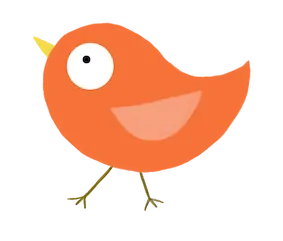
Kid-Inspired ESL Curriculum Membership Members:
For members, log in to view this page in the ESL Curriculum Membership with related teaching resources for each skill as well as other teaching materials for your fourth graders.
If you are not a member, click below to join the membership and see if it is a good fit for your needs. If you are not satisfied for any reason, cancel any time in the first 14 days for a full refund.
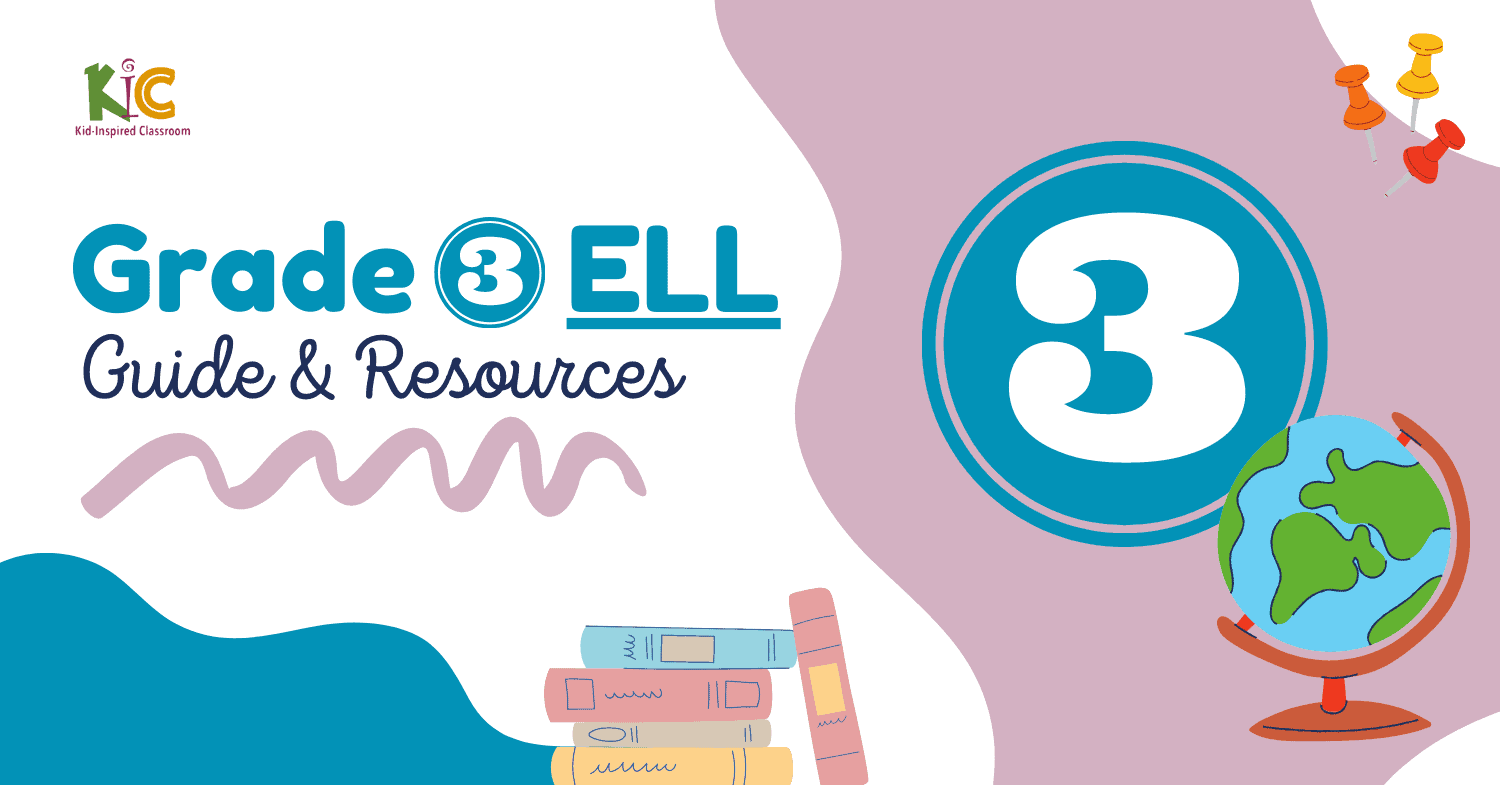
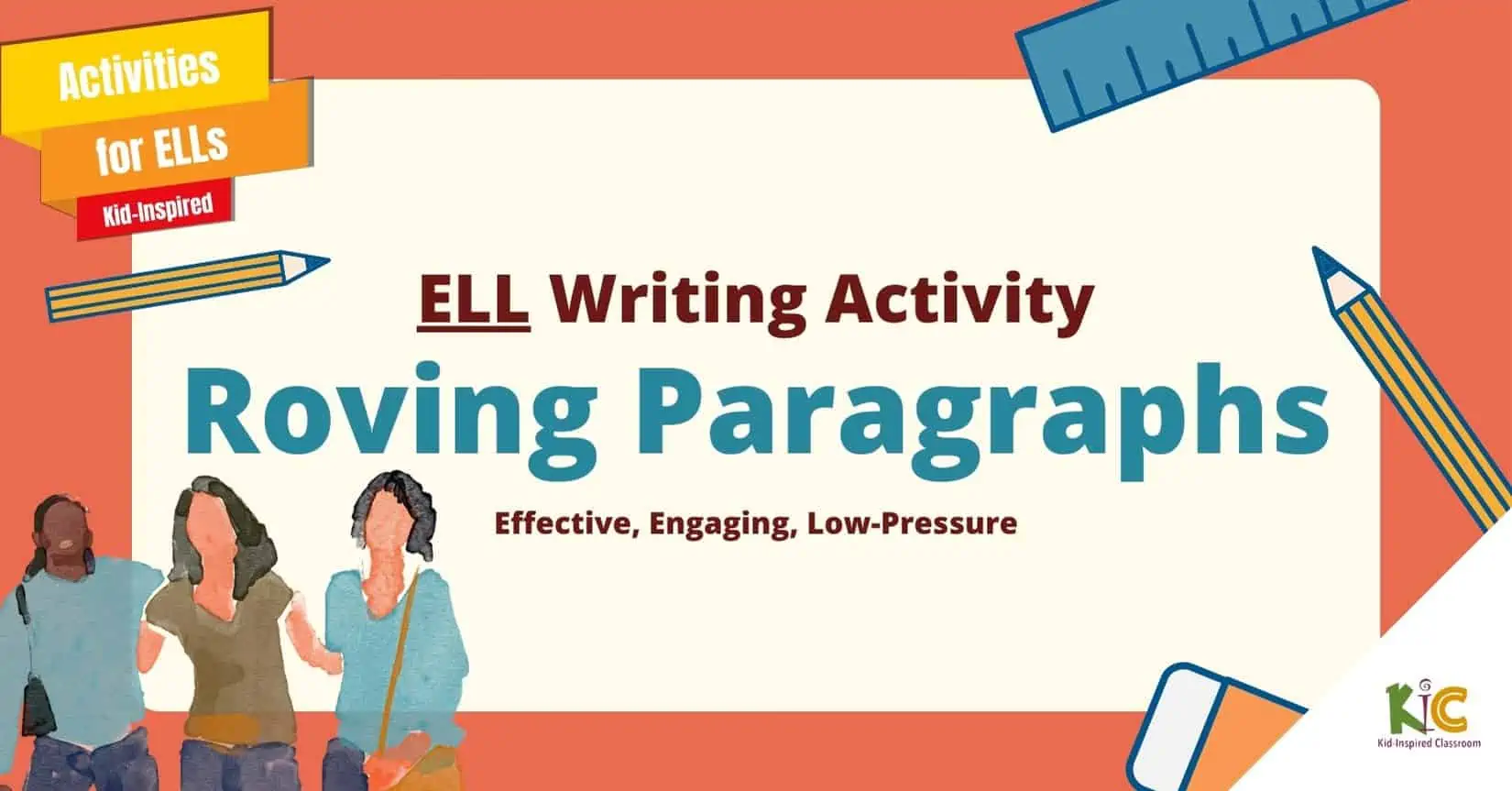
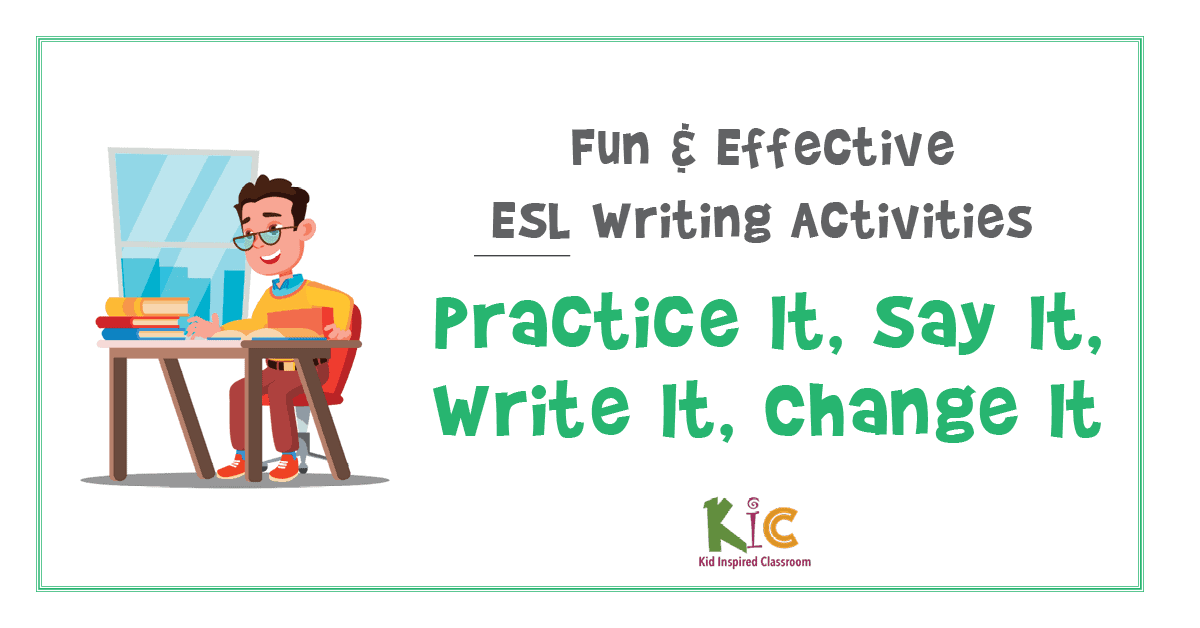
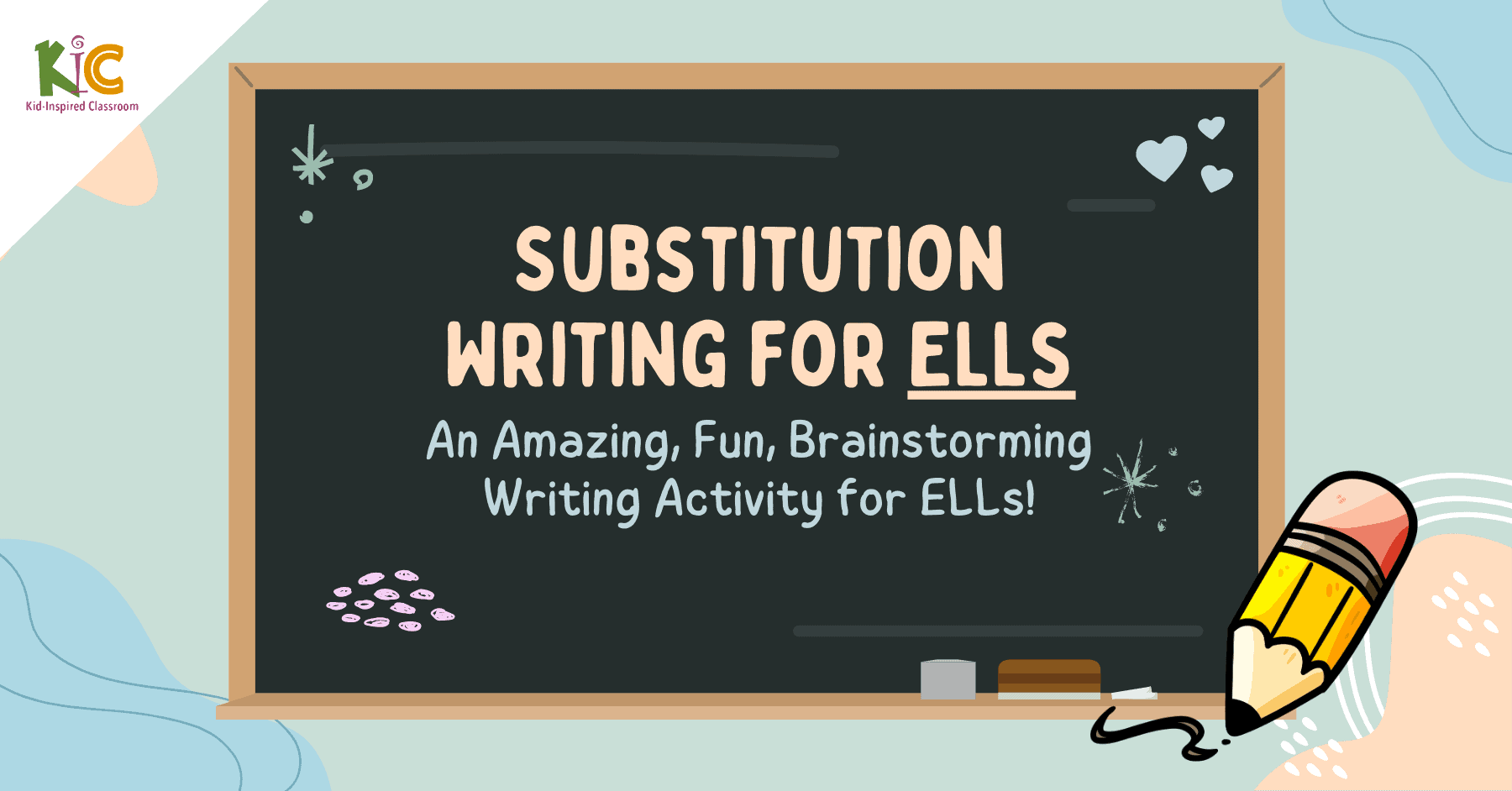
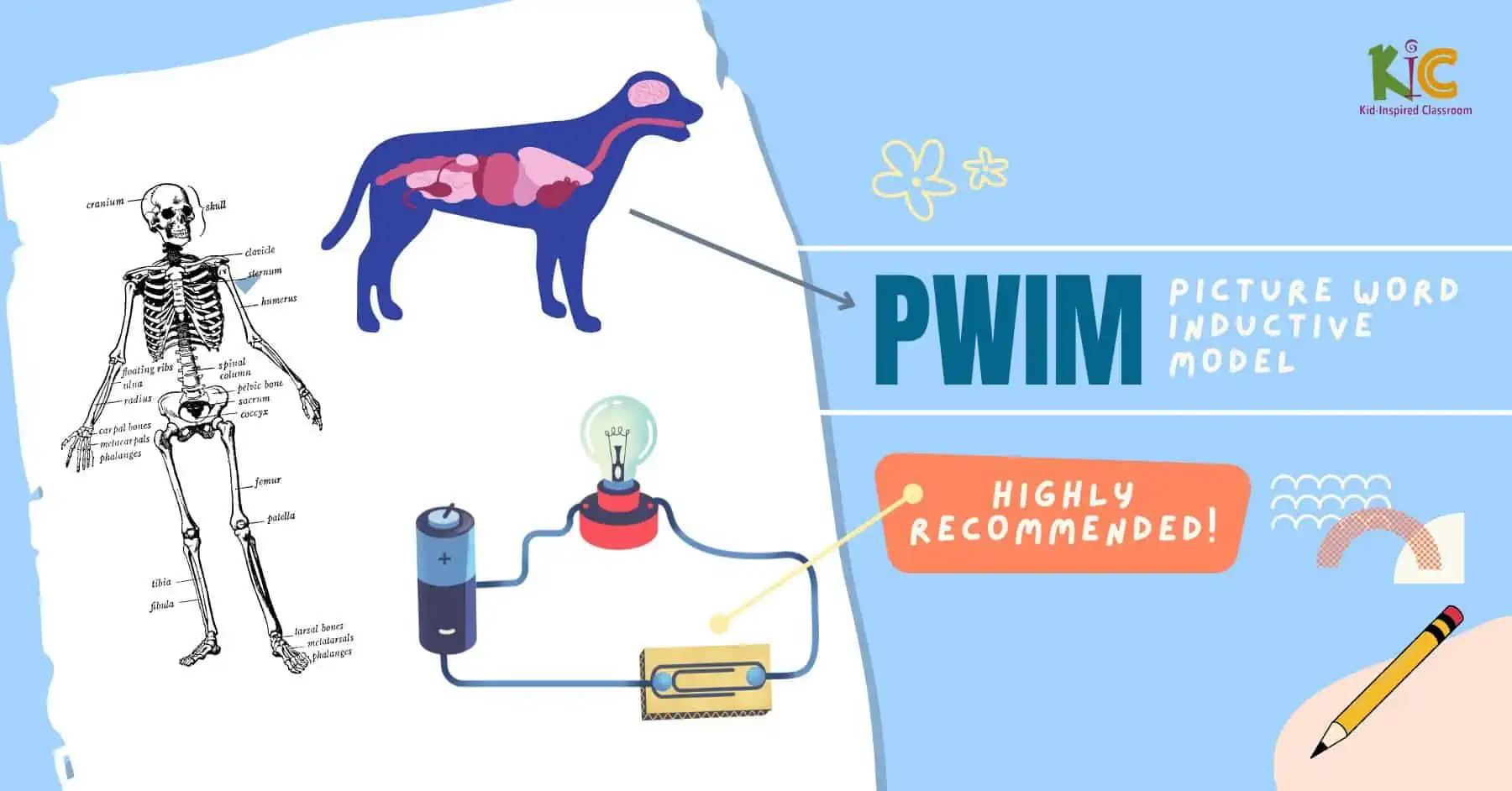
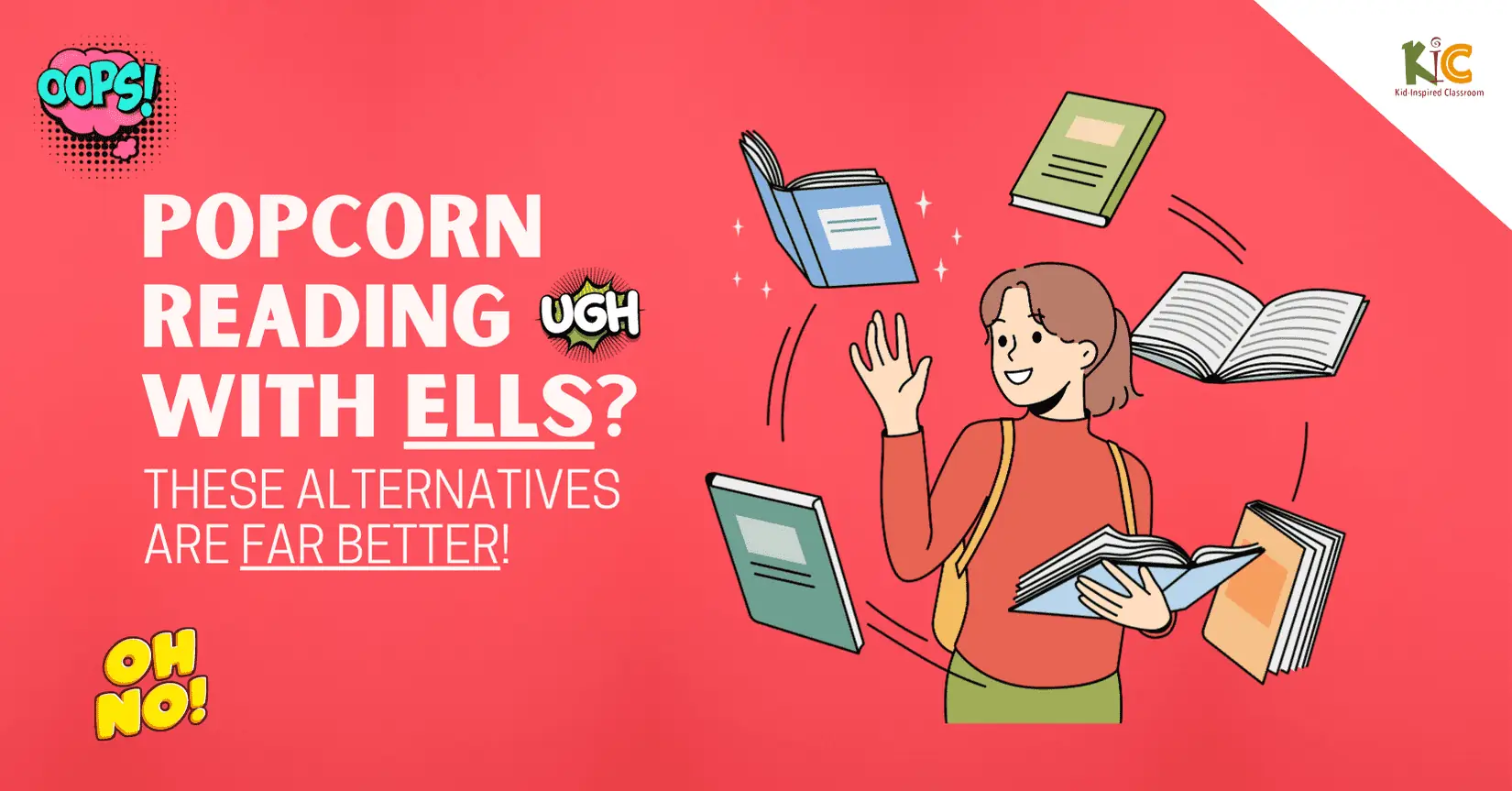
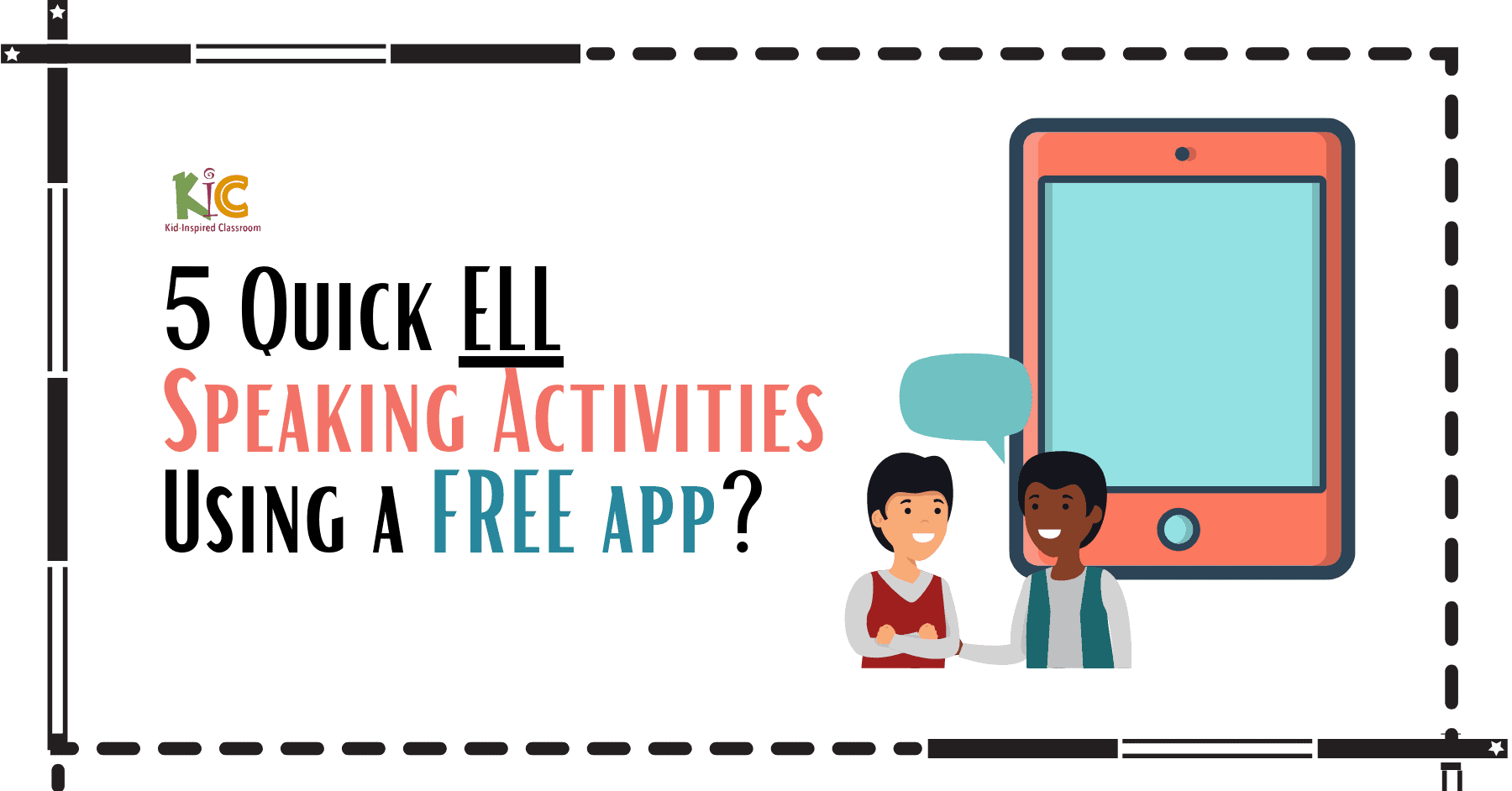
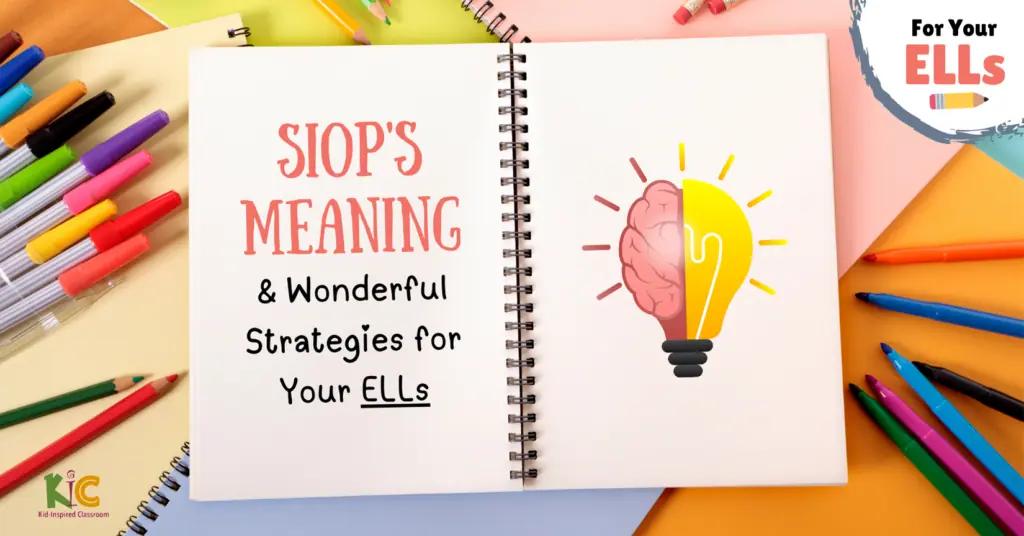

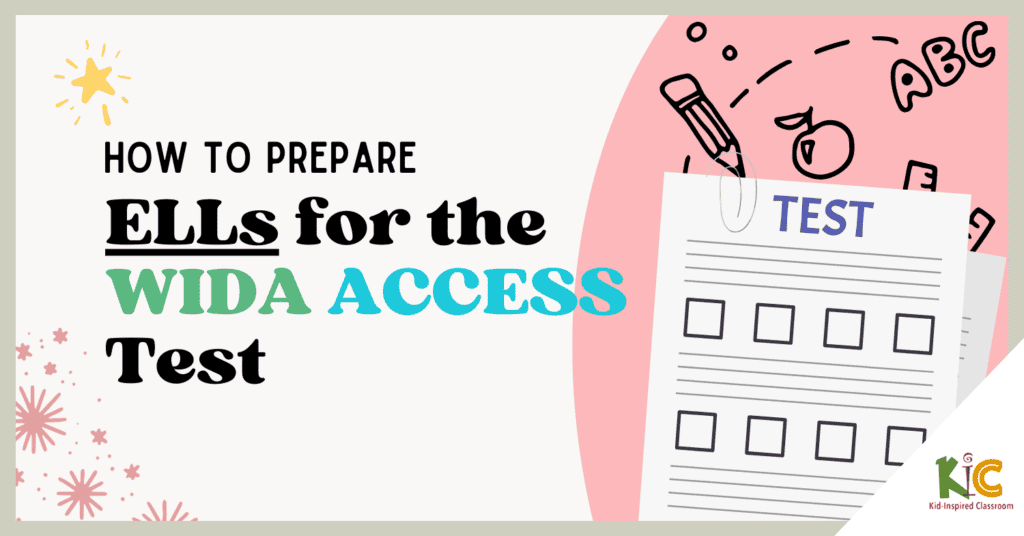
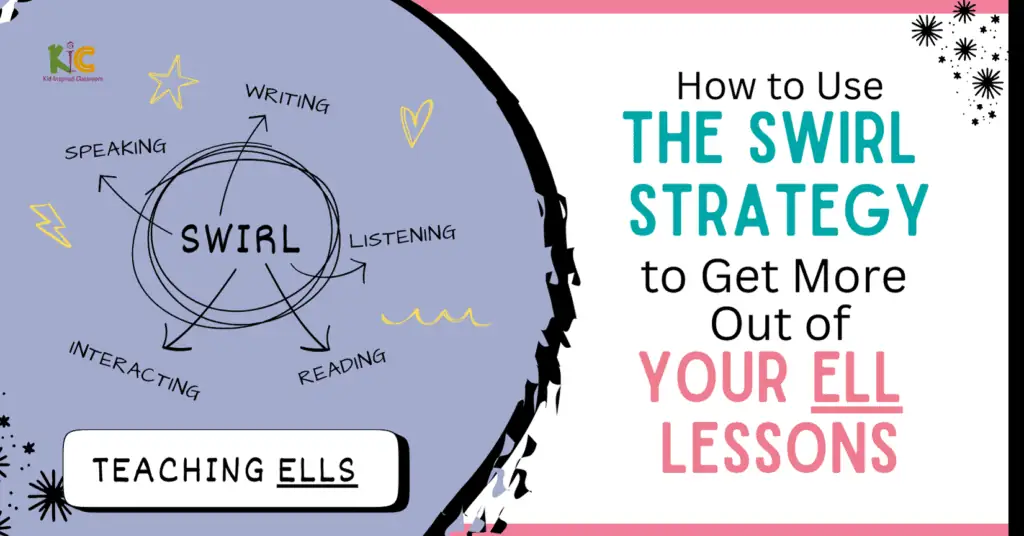
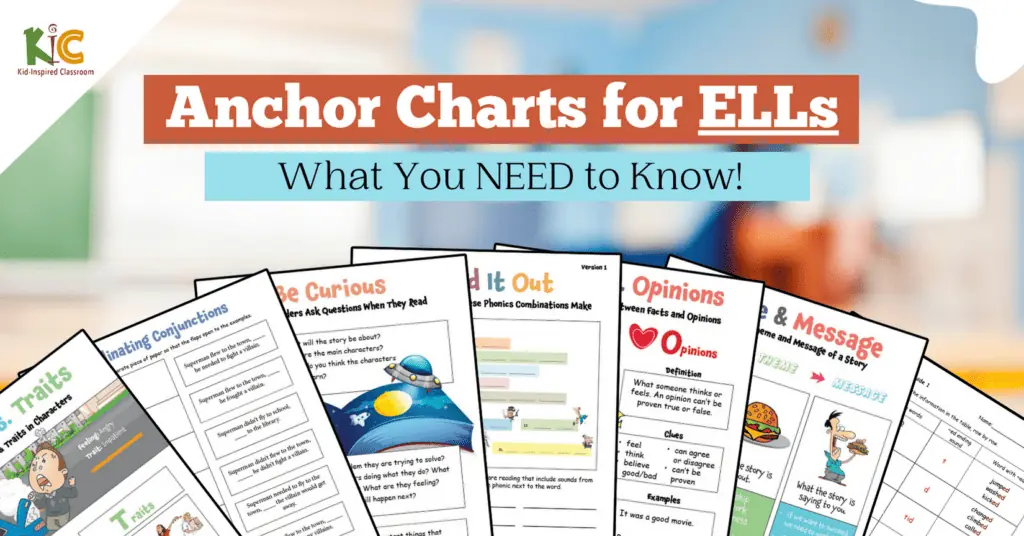
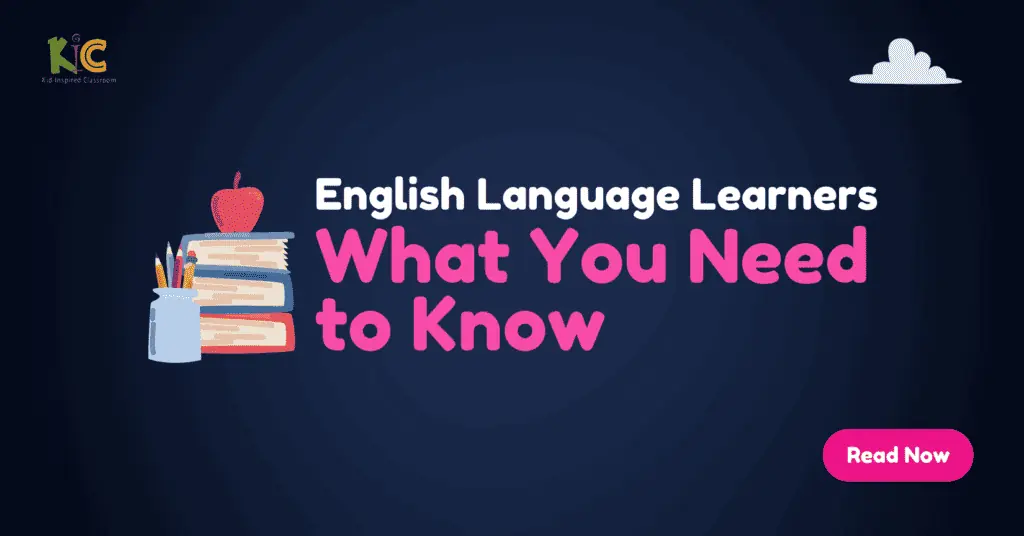

What kind of progress monitoring is there to use along with this curriculum?
Hi Marivel, there are assessments every 4 units for the lower levels and every 2 units for the higher levels. (There is more content in each unit and fewer units at the higher levels.) There are progress tracking sheets called Paths to Fluency Trackers you can use for lesson planning and tracking student progress and which also provide standards for the assessments in the different levels. Let me know if that helps or if you have any other questions.